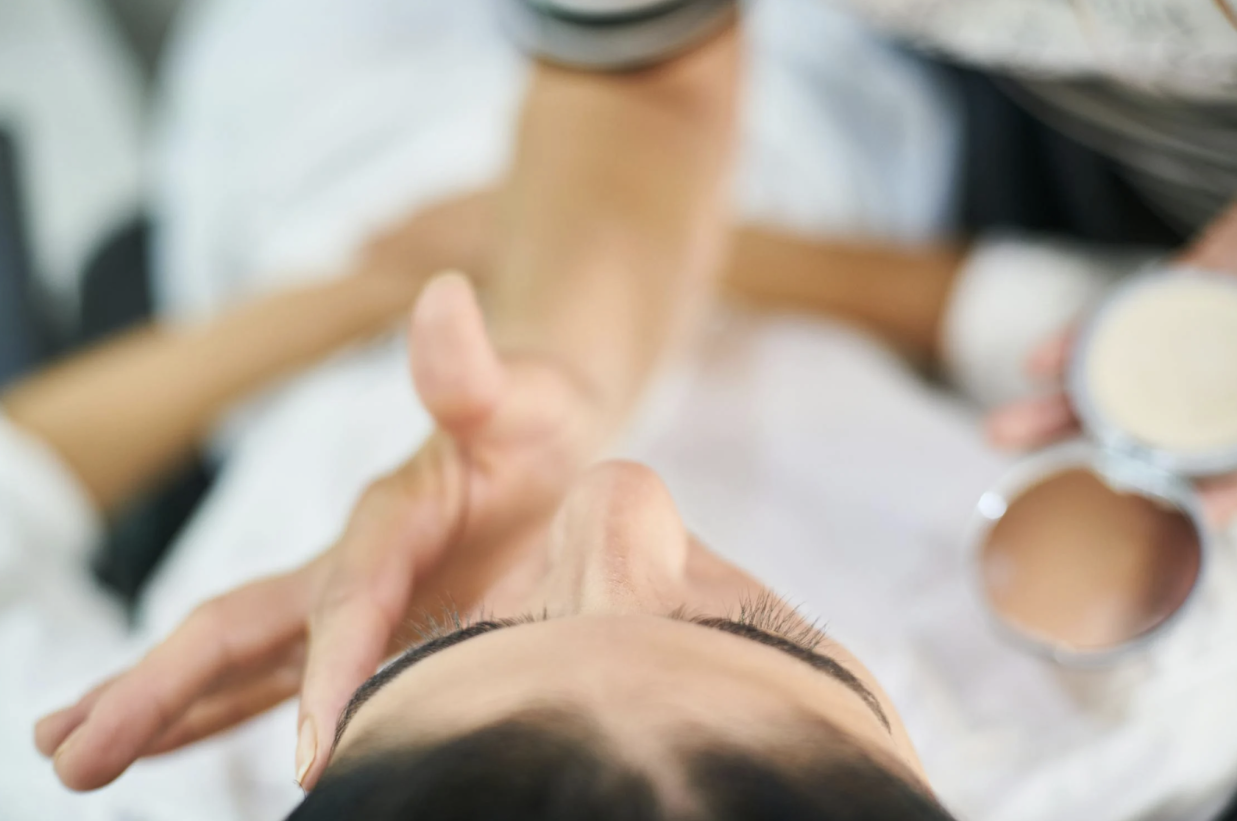Dermal Fillers in the Aesthetic Industry: Advanced Techniques and Applications
Dermal fillers have become a cornerstone in the aesthetic industry, offering a non-surgical solution for a variety of cosmetic concerns. From smoothing wrinkles to augmenting facial features, these injectable treatments provide versatile options for those seeking to enhance their appearance. As techniques advance and the range of available fillers expands, understanding the nuances of their application is crucial for achieving optimal results.
Evolution of Dermal Fillers
The history of dermal fillers dates back several decades, with early attempts using paraffin and silicone. These materials often led to complications, prompting the development of safer alternatives. The advent of hyaluronic acid (HA) fillers in the 1990s marked a significant breakthrough. Hyaluronic acid, a naturally occurring substance in the skin, offered a more biocompatible and reversible option. Since then, the formulation and application of dermal fillers have continually evolved. Modern fillers not only last longer but also integrate more seamlessly into the skin, providing a more natural look and feel.
Techniques in Injection
The technique employed in administering dermal fillers greatly influences the outcome. Traditional linear threading involves injecting the filler along the length of a wrinkle or fold, while the fanning technique uses multiple threads from a single entry point to cover a broader area. More advanced techniques include the microcannula method, which uses a blunt-tipped cannula to minimize tissue trauma and reduce bruising. The choice of technique depends on the treatment area, the type of filler used, and the desired effect. Mastery of these techniques requires extensive training and experience, ensuring that the filler is placed at the correct depth and with the appropriate volume to achieve a natural, balanced result.
Applications in Facial Rejuvenation
Facial rejuvenation remains the most popular application for dermal fillers. These treatments can address a variety of concerns, such as fine lines, deep folds, volume loss, and skin laxity. Fillers can enhance the cheeks, under-eye area, lips, and jawline, restoring a youthful contour to the face. For instance, the mid-face region, including the cheeks, often experiences volume loss with age. Strategic placement of dermal fillers in this area can lift and rejuvenate the entire face. Additionally, newer formulations and techniques allow for subtle enhancements that maintain natural facial expressions, avoiding the overfilled look that was common in earlier treatments.
Role in Non-Surgical Rhinoplasty
Non-surgical rhinoplasty, also known as a liquid nose job, utilizes dermal fillers to reshape the nose without the need for invasive surgery. This procedure can correct minor imperfections, such as a dorsal hump or a drooping nasal tip. By carefully injecting fillers into specific areas, practitioners can create a more balanced and aesthetically pleasing nasal profile. The results are immediate and, unlike surgical rhinoplasty, reversible. This makes it an attractive option for individuals seeking to improve their nose's appearance with minimal downtime and risk. Non-surgical rhinoplasty has become increasingly popular due to its efficacy and convenience.
Use in Lip Augmentation
Lip augmentation is another common application for dermal fillers. Whether the goal is to enhance naturally thin lips or restore volume lost with age, fillers offer a customizable solution. Techniques for lip augmentation have advanced significantly, moving away from the uniform “duck lips” look to more tailored approaches. By opting to buy Restylane, which provides a range of HA-based fillers, practitioners can choose the ideal product for creating soft, natural-looking lips. The key to successful lip augmentation lies in understanding the unique anatomy of the lips and applying the filler in a way that enhances their natural shape and proportions.
Treatment of Acne Scars
Beyond cosmetic enhancements, dermal fillers are also used for medical purposes, such as the treatment of acne scars. Depressed or pitted scars can be challenging to treat with traditional methods. Dermal fillers offer a solution by lifting the scar tissue to the level of the surrounding skin, thereby reducing their appearance. This approach not only improves the skin's texture but also boosts the patient's confidence. The choice of filler and technique will vary depending on the type and severity of the scars. Combining fillers with other treatments, such as microneedling or laser therapy, can enhance the overall results.
Safety and Side Effects
While dermal fillers are generally safe, it is essential to be aware of potential side effects and complications. Common side effects include swelling, redness, and bruising at the injection site, which typically resolve within a few days. More serious complications, though rare, can occur if the filler is inadvertently injected into a blood vessel, leading to tissue necrosis or blindness. Therefore, choosing a qualified and experienced practitioner is crucial for minimizing risks. Patients should also have realistic expectations and understand that while fillers can significantly enhance their appearance, they are not permanent solutions and may require maintenance treatments.
Dermal fillers have revolutionized the aesthetic industry, offering versatile and effective solutions for a range of cosmetic concerns. From facial rejuvenation to non-surgical rhinoplasty and lip augmentation, the applications of dermal fillers are vast and varied. With ongoing advancements in techniques and formulations, these treatments continue to improve, providing natural-looking and satisfying results. As with any cosmetic procedure, the key to success lies in the expertise of the practitioner and the careful selection of the appropriate filler and technique.







